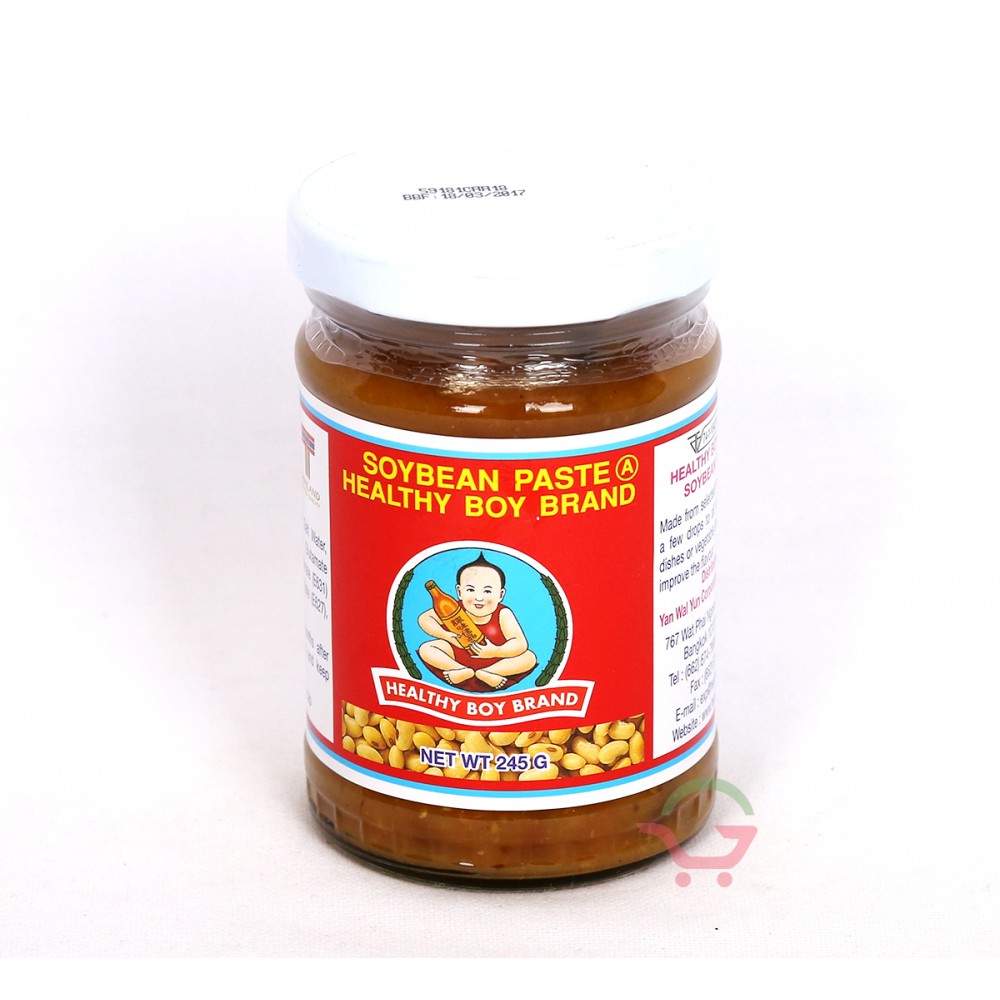
My suggestion is to take it in moderation the first few times, then increase the amount little by little. It can taste pungent depending on your taste bud. Do you see the difference? Is doenjang very pungent? A classic Korean seasoning paste is made by fermenting cooked soybeans and salt over several months.

Whereas in miso, microorganisms are added to produce fermentation. Doenjang is a fermented bean paste, meaning natural probiotics are produced by the paste itself. Sempio Ssamjang Seasoned Soybean Paste made with sweet and savory onions combined with tantalizing garlic offers a light and pleasant flavor to Korean BBQ. You need Korean doenjang to make doenjang stew just like you need miso to make miso soup!! Doenjang and miso are both made with soybeans and both are great source of probiotics. Spiking fresh orange and lime juices with a shot of rice vinegar gives the sweet citrus flavor an edge to stand up to rich fish and earthy roasted. They look, taste, smell and feel different from miso. Sheet-Pan Salmon and Squash With Miso Mojo. Is doenjang different from miso?ĭoenjang is much different from miso. The base stock can also affect the flavor since you can have a beef stock, pork stock, anchovy stock, or vegetable stock. Adding gochujang, gochugaru or sliced Korean peppers will also create different flavoring. Doenjang and ganjang are secondary fermented soybean products from meju (primary fermented product) following a complex fermentation process that separates the products into solid (doenjang) and liquid (ganjang) states. Some prefer more meat than others, while some prefer more vegetables added into the stew. Ingredients: Water, soybeans, sugar, salt, wheat flour, monosodium glutamate and disodium 5-inosinate. As the cornerstone in Korean cuisine, Doenjang enhances the savory taste. Authentic soy aroma, chefs favorite versatile sauce. It is a Korean pantry staple that adds a distinct earthy and toasty flavor to Korean dishes like Doenjang Jjigae (Korean Soybean Stew). Its made by grinding soybeans into a thick paste and forming it into blocks that are dried and fermented for months before being soaked in brine for a few more. The variation will continue first due to the doengjang paste flavor itself and what you add into the stew. Doenjang is an elemental Korean ingredient made from Meju (traditionally fermented soybeans) and salt. (Homemade versions are more pungent than the store-bought ones fyi.) Every Korean household makes their stew differently. Soybean paste is prepared by three step fermentation in our lab. Not all Doengjang Jjigae are alike, just like every doeng jang is different. Soybean paste is one of Asian traditional soy fermented food and consumed abundant in Korea.
#Soybean paste how to
I will show you how to bring out the deep flavors of Korean doenjang using a combination of rich dashi stock and fresh veggies! Try this simple home comfort recipe today! Doeng jang jjigae has flavor variations Add Korean beef stock powder (1/2 tbsp).This Korean soybean paste stew is a perfect option for any day you are craving something comforting and homey. Taste and add more doenjang if necessary. Let it continue to boil for about 7 to 10 minutes. It is similar in appearance and texture to miso, but has a more intense flavor. Add all the ingredients (except the tofu): mushrooms, zucchini, onion and green onions. Soy bean paste is a Chinese condiment made from fermented soybeans. The largest jar contains soy sauce, the middle section contains.

Bring it to a boil over medium-high heat for about 10 minutes.Ģ. Jangdokdae is a bowl for storing or making soy sauce, soybean paste, and red pepper paste. Give it a good stir until you can’t see any big chunk of soybean paste. Combine the soybean paste, sweet bean paste (or hoisin), soy sauces, Shaoxing wine and 250ml (8¾ fl oz) water in a bowl, then set aside. In a pot, add 4 cups (960ml) of water, radish, beef, Korean soybean paste, Korean chili pepper flakes, and minced garlic. Cut the radish, zucchini, onion, mushrooms, and tofu into bite-sized pieces.ġ. Thinly slice the green onions and chili peppers (if using).Ģ. Yellow soybean paste is a fermented paste made from yellow soybeans, salt, and water.

3.5 oz (100g) Korean radish (or daikon radish).1/2 mild red chili (optional), for garnish.1/2 green chili (optional), for garnish.


 0 kommentar(er)
0 kommentar(er)
